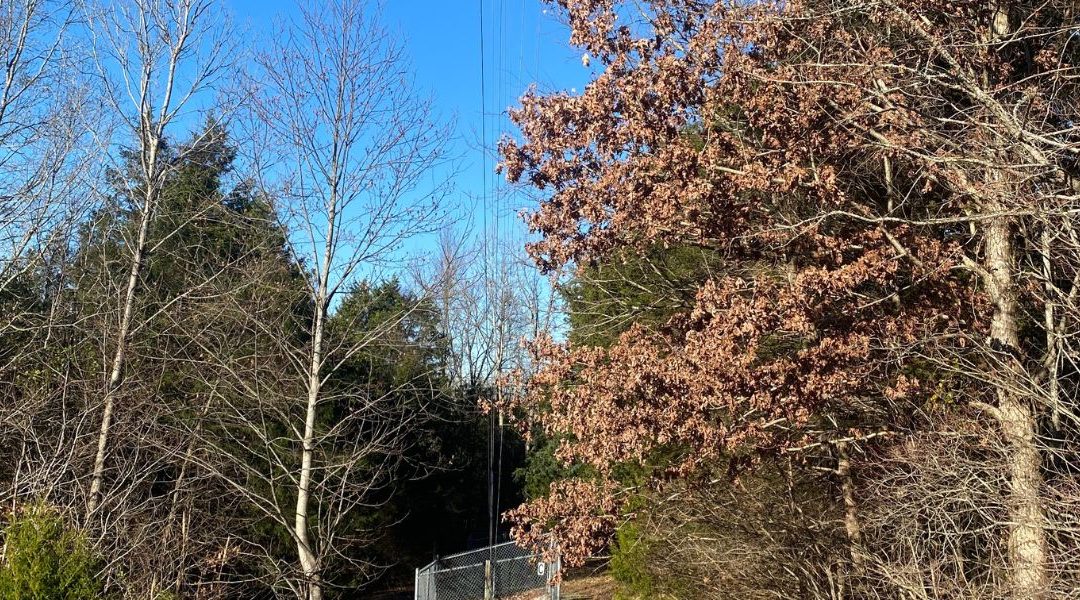As the days grow shorter and the temperature drops, the leaves on the trees start to change color. Eventually, most of these leaves fall off the tree. But why do leaves fall off trees in the first place?
As experts in tree service in Columbia, Tennessee, our Volunteer Tree Company team knows a thing or two about trees and the key factors of falling leaves. Keep reading to find out more!
Autumnal Leaf Drop Is a Form of Protection
In temperate climates like the United States, autumn features brightly colored foliage that gradually falls off trees and shrubs, carpeting the ground. This phenomenon is generally a form of self-protection.
Evergreen vegetation in cold climates has thick waxes and resins that protect its leaves against freezing and damage. Meanwhile, deciduous plants often feature thin leaves prone to low temperatures.
Water will expand upon freezing in winter, rupturing the tender leaf cells and rendering them useless for photosynthesis. The trees must drop these leaves, so they aren’t stuck with tons of dead leaves that don’t help in food manufacturing.
Additionally, the large surface area of the unwanted leaves can compromise the tree’s structural integrity. The winter season is usually windier than other seasons, and wind blowing against the broad leaves of cold, brittle trees could lead to severe damage.
In addition, the weight of snow accumulated on the leaves could compromise the trees’ stability. Leaves also usually have insect infestations, diseases, and other issues as the summer ends. Shedding these leaves allows the tree to develop healthier foliage, and the decaying leaves release nutrients to promote the healthy growth of the next leafy generation.
It’s worth noting that autumn leaves fall off trees in a well-controlled process. As daytimes become shorter and temperatures drop, hormones in the tree become active and start the abscission process.
The Importance of Abscission
Abscission is a natural phenomenon involving separating flowers, fruits, or leaves from plants at specific separation layers. This process separates non-essential plant parts.
As abscission begins, chlorophyll generation stops, and the pigment starts degrading. The vessels supplying water to the tree leaves and sugars to other parts of the tree stop working. An abscission layer, composed of cells, starts growing between the leaf stem and the twig holding it.
The abscission cells gradually detach the leaf from the tree without leaving an open would. Eventually, the tree becomes dormant, saving its energy for budding in spring.
Why Some Trees Don’t Shed Leaves
Coniferous trees are quite different from their deciduous counterparts. For example, they usually have needles instead of leaves. The needles contain resin, making them more resistant to wet and cold weather than frail leaves.
Conifers can also withstand strong winds and heavy precipitation thanks to their tall, thin, and pointed structures. Most of them can adapt to harsh conditions that deciduous trees can’t handle.
Contact Volunteer Tree Company Today
Volunteer Tree Company is the go-to expert if you want to know more about why leaves fall off trees, learn about subsidence caused by trees, and other tree-related information. Contact our team at (931) 637-5487 to request a free estimate.


